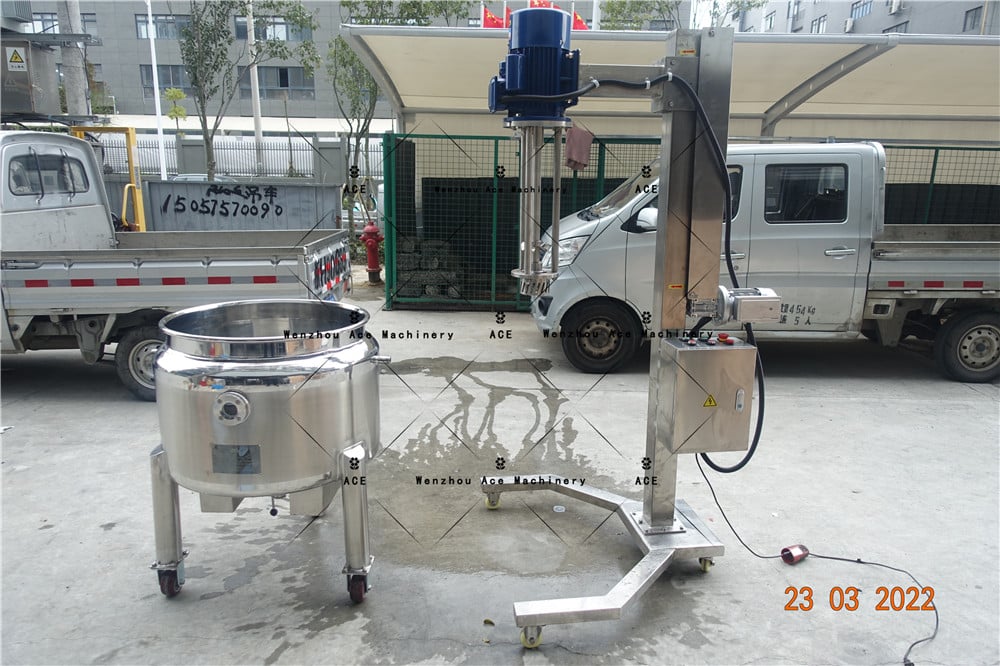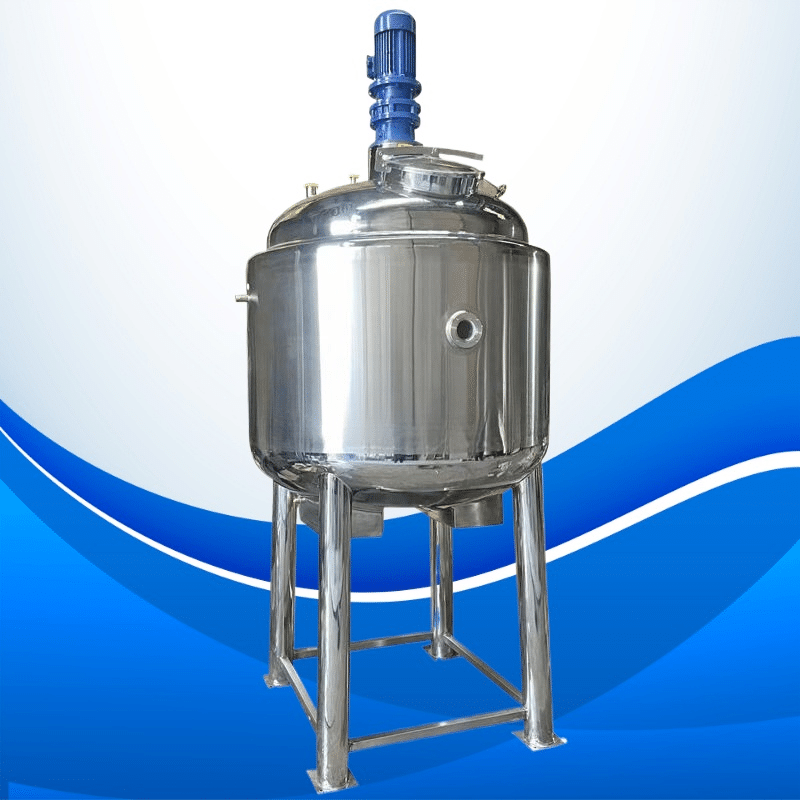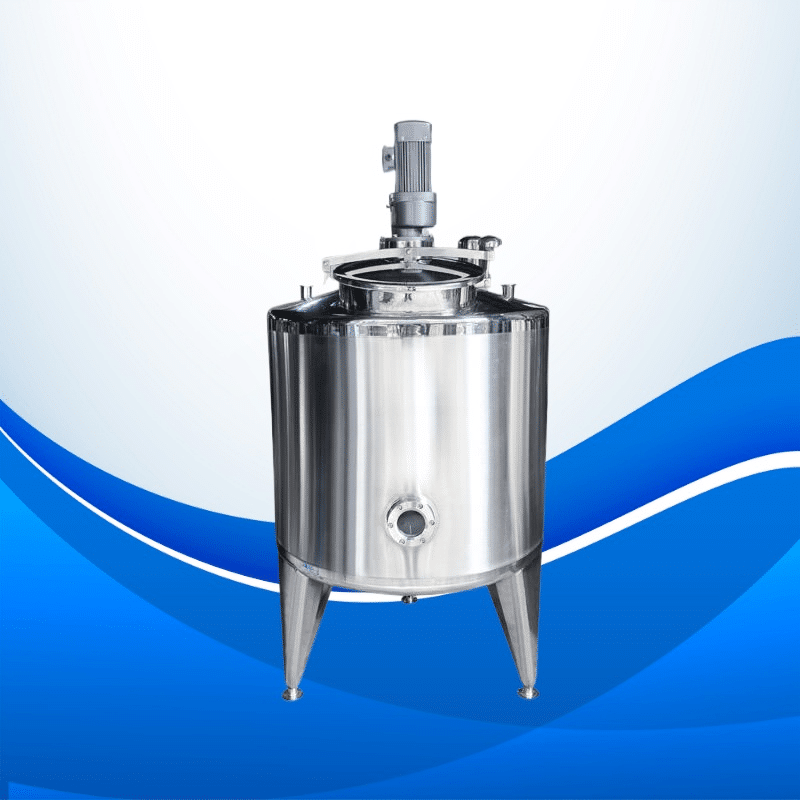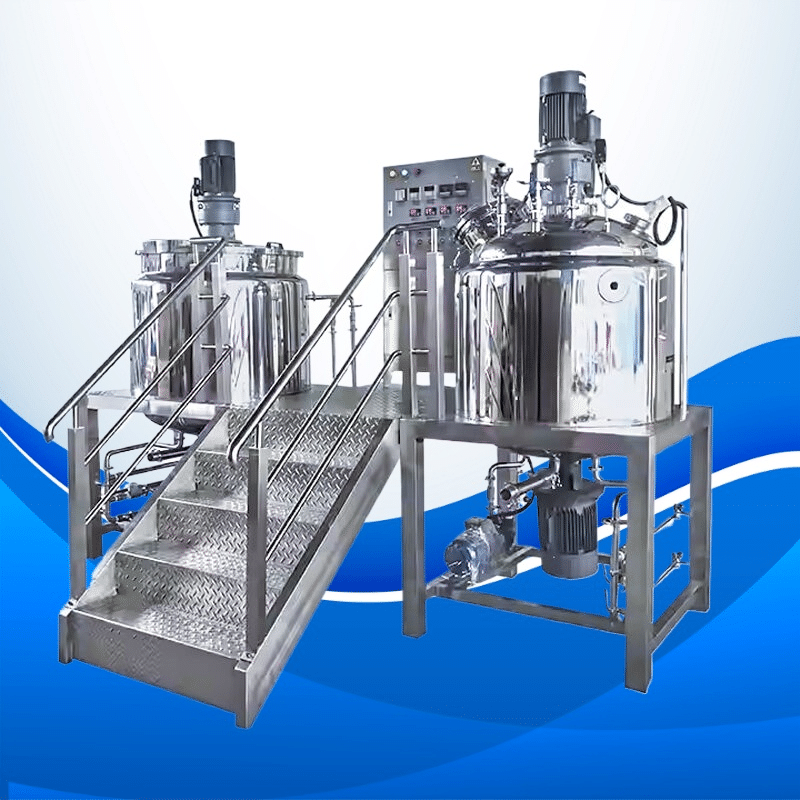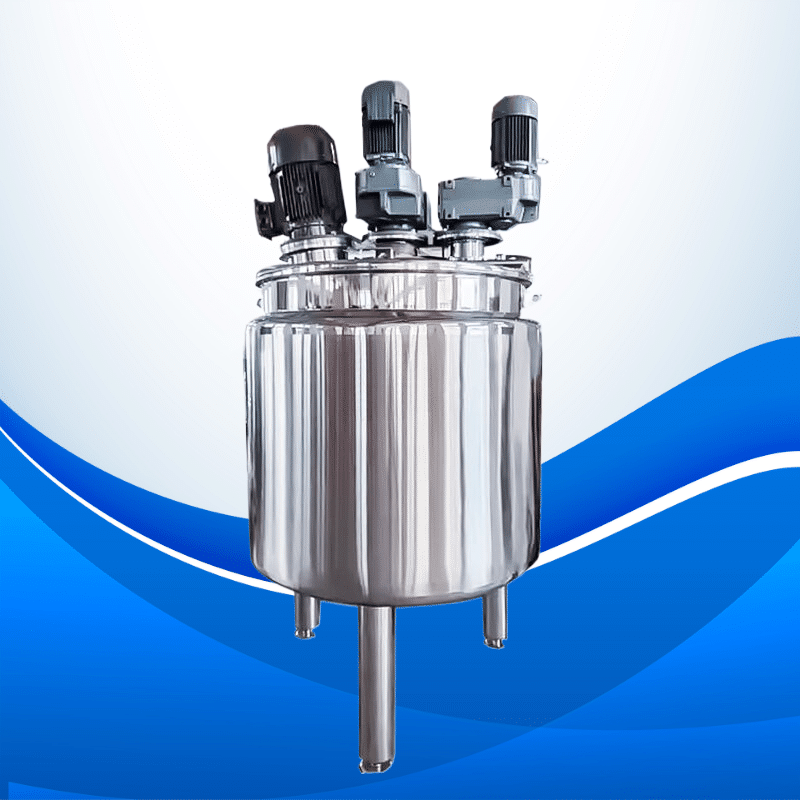Pharmaceutical Mixing Equipment
In the production of pharmaceuticals, mixing processes are very important. They ensure that products are of good quality and consistent. The homogeneity and uniformity in the pharmaceutical industry can only be achieved through the use of mixing equipment. It is worth noting that drug content uniformity is enhanced by proper mixing, which also meets the standards set by this sector. Besides breaking down materials to increase surface area, pharmaceutical blenders perform other functions as well, such as industrial mixers which ensure thoroughness before production steps, while quality laboratory mixers achieve uniformity regardless of viscosity or batch size used during blending. Therefore, the right choice should be made concerning what type suits best depending on expected outcomes where efficiency will not compromise effectiveness.
Criteria for Choosing Mixing Equipment

Pharmaceutical Mixing Equipment
Material Properties
Viscosity and Density
The selection process of mixing equipment is greatly affected by material properties, especially viscosity, which determines how easily fluid flows through different substances, thus requiring more powerful mixers for high-viscosity materials. Density also affects the energy needed to mix them together, hence denser ones demand robust devices.
Chemical Compatibility
Chemical compatibility ensures that there are no adverse reactions between components being mixed with equipment surfaces upon coming into contact; otherwise, corrosion may occur due to the wrong combination, leading to contamination. Hence, proper selections prevent such things from happening during this stage.
Consistency Desired
Homogeneity Requirements
Homogeneity refers to achieving a situation where all parts involved become similar in nature or kind after they have been blended uniformly so that each part looks like any other part within the same thing, otherwise known as uniform distribution among components, but still keeping consistency intact at every point throughout the mixture. This can only be attained if specific standards regarding homogeneity are met by the chosen device(s).
Particle Size Distribution
Particle size distribution has a great impact on the way mixing occurs because smaller particles mix more easily than larger ones; therefore, equipment should be able to handle desired particle sizes effectively during this process.
Production Scale
Batch vs. Continuous Processing
The scale of production is another factor that affects what kind of equipment will be used. Batch processing suits smaller quantities, while continuous processing deals with large-scale manufacturing conveniently.
Equipment Capacity
In order for operations to run smoothly without any hitches, the capacity of equipment must match up well against production requirements; hence, larger capacities accommodate higher volumes to ensure efficiency throughout this stage.
Research Findings
Scientific research indicates that there are many factors which affect the selection of mixing technology for pharmaceuticals like density, particle size, and viscosity among others. Therefore, before settling on one type or another, it would be better if these were put into consideration during the choosing of appropriate device(s) meant for such applications based on scientific evidence available concerning material characteristics’ impact towards selecting suitable equipment used in mixing drugs together.
Types of Mixing Equipment in Pharmaceutical Industry
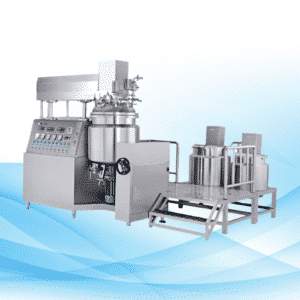
Agitators
Agitators play a critical role within the pharmaceutical industry by helping mix, blend, and disperse materials in reactors or tanks, thus ensuring good homogeneity is achieved. Agitators are efficient because they can process various substances at once due to their speediness in this field, hence being widely used by most companies involved in drug manufacturing.
Features and Advantages:
There are several features that come along with agitators, such as consistency, which means uniformity after blending has taken place; a wide range of viscosities handled; durability ensured through the design itself, but reliability also guaranteed considering how these machines operate efficiently even with the least maintenance required from time to time.
Applications Commonly Found With Agitators
Blenders
The pharmaceutical industry uses blenders. These machines mix chemicals and ingredients well. Blenders improve mixing, discharging, and cleaning processes. Pharmaceutical blenders are different in design and function from regular ones.
Features and Advantages
There are many different features of blenders that make them advantageous. They can handle both dry or wet material mixtures. Blenders can accommodate large-scale drug manufacturing needs. These machines mix granular medicine efficiently. A thorough clean is provided by blenders.
Typical Applications
Blenders have multiple uses in the pharmaceutical field. Solid powders are mixed together by pharmaceutical companies using blenders. Blending helps prepare granular medicines in this machine type, as well as supporting tablet and capsule production through blending various materials together uniformly so they will dissolve at the same rate when ingested orally or sublingual. Achieving uniformity among drug formulations would be another reason why one might use a blender during production.
Emulsifiers
In the pharmaceutical industry, emulsifiers play an important part too! Emulsifiers combine two immiscible liquids to form stable emulsions. They do this by ensuring that active ingredients are uniformly distributed within products, which is necessary for consistency, considering how some things may not mix easily because of their differing properties, such as oiliness vs. wateriness. Another thing about emulsifiers’ usefulness lies in their ability to enhance stability while giving different textures depending on what kind of formulation it’s being used with – like making creams thicker but still easily spreadable over skin surface areas where necessary. The medical world heavily relies upon these devices due to their capability in stabilizing diverse compound formulations through altering viscosities and water content levels among other factors; thus enabling effective delivery into target tissues without compromising therapeutic effect(s).
Features And Benefits Of Emulsification Devices
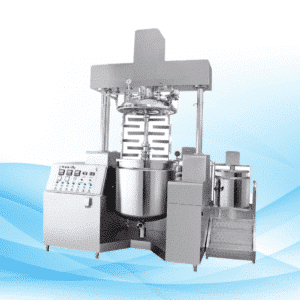
Emulsification Devices
Emulsification units come equipped with several prominent characteristics ensuring maximized performance outcomes. These include efficient oil phase mixing capabilities; improved drug stability through particle size reduction; low heat generation rates during operation that would otherwise degrade labile compounds; ease of cleaning attributed to its design features among others.
Applications Typically Used For
Different types of emulsification apparatuses find application in various areas within the pharmaceutical industry. Creams, lotions, and other similar products can be made using them, while suspensions or syrups are formulated through these machines as well. Sometimes injectable solutions may also need creation where necessary, such as blending essential oils with water. Additionally, topical ointments/gels could benefit from their usage due to their ability to create stable formulations even though they contain different ingredients altogether.
Conclusion
When making drugs, it is very important to choose the correct kind of mixer. The right machinery helps to ensure that things are done efficiently and that the quality of the products is improved. High shear mixers are good at stirring together things that have different viscosities or densities. Ultrasonic high shear mixers make particles smaller and emulsify them better too. These methods are key in making sure pharmaceuticals are always at their best possible level every time without fail. However, what types of mixers you use can either speed up production or slow down uniformity between batches, so it’s important for manufacturers who want consistent results to pick wisely or else not meet any standards from others in this industry.


